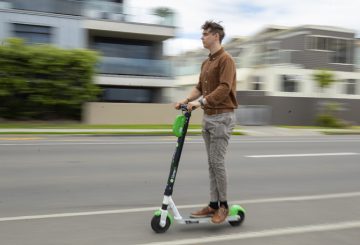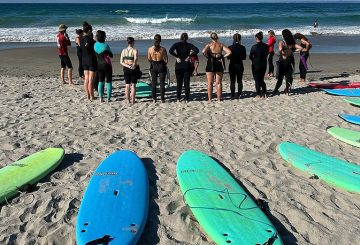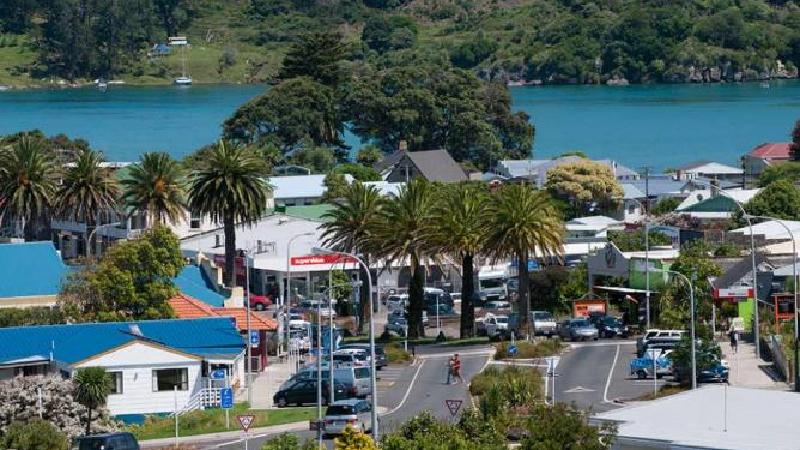Seafood industry leaders have acknowledged that fishers are likely being more careful about reporting bycatch species since the introduction of on-board cameras. This comes after data from the Ministry for Primary Industries (MPI) showed a significant increase in dolphin captures and other fish and seabirds by the commercial fishing industry since the policy was implemented. The data, dated to 1 April, showed a seven-fold increase in dolphin captures since the cameras were introduced, compared to the period from 2018 before the rollout. The number of fish species reported in the catch increased by 34 percent, and fish discards increased by 46 percent.
Seafood New Zealand said fishers may be more careful with reporting bycatch species due to the cameras on-board. Chief executive Jeremy Helson said the rise in reporting was not unexpected. He added that the industry was continuing to invest in ways to minimize unwanted catch.
However, acting chief executive of seafood giant Sanford, Craig Ellison, raised concerns about the camera policy compromising fishing crew’s privacy and the cost of the system. Sealord, a company that carries out deep water fishing operations, does not have cameras on their vessels as the policy applies to inshore trawling. They questioned the funding model of the policy and suggested the government should fund the cameras.
Greenpeace said the numbers showed there had been “mass under-reporting” by the industry. Otago University zoology professor Liz Slooten felt the monitoring remained poor within some fisheries, despite the introduction of cameras.





























































